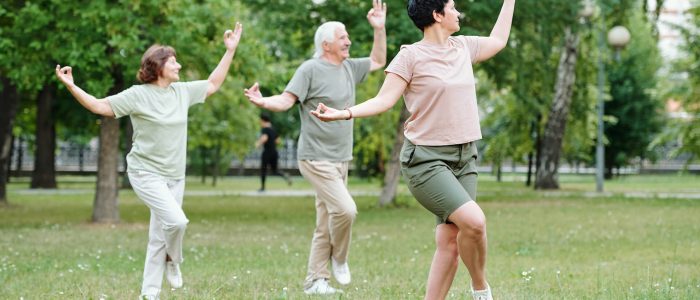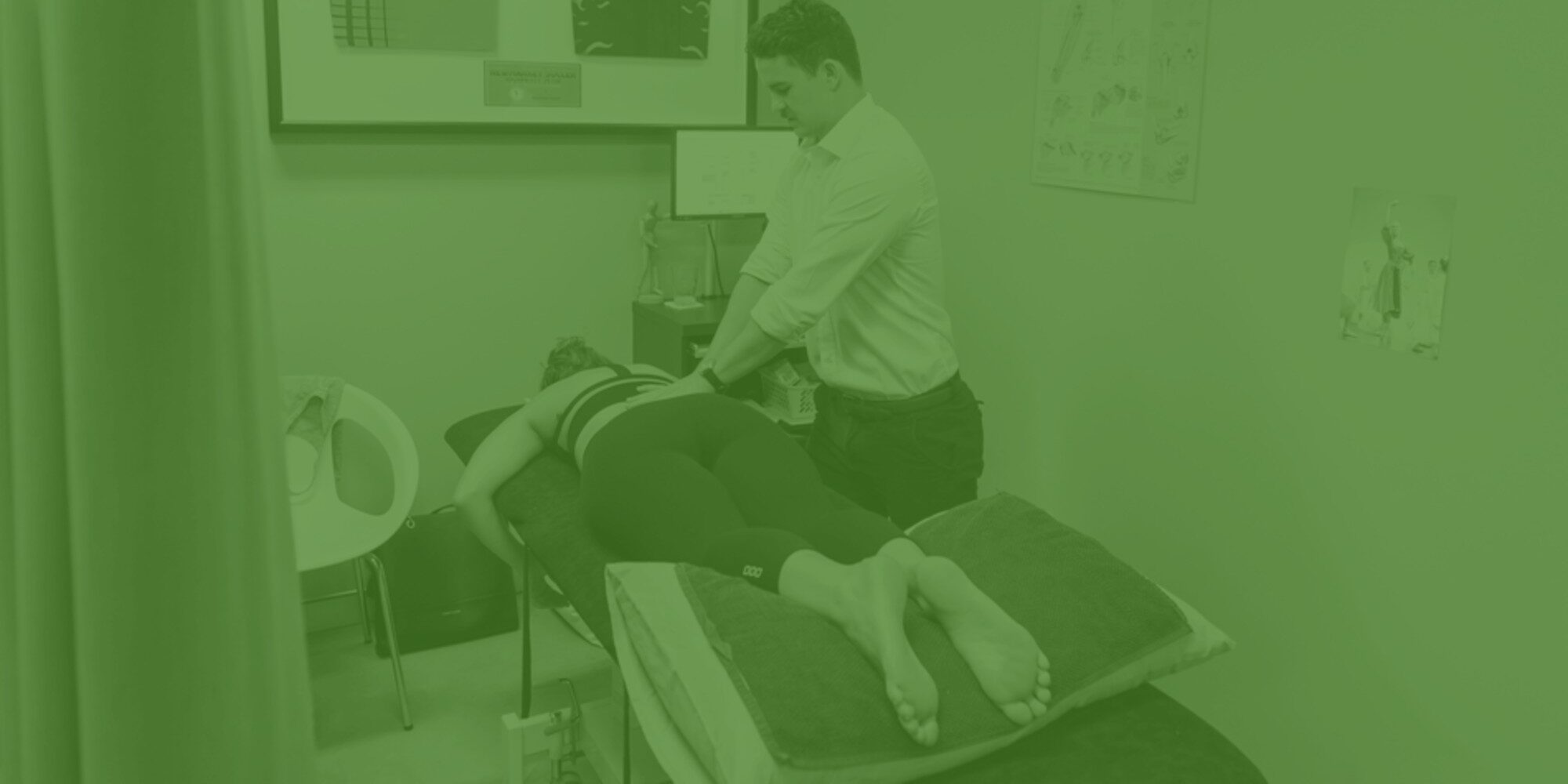Are High Blood Pressure Exercises Safe for Me?
Have you or a family ever been told that you have high blood pressure?
Have you avoided certain types of exercise due having high blood pressure?
Have you tried everything but still can’t seem to lower your blood pressure?
If so, you may need to see a physiologist about managing blood pressure.
Schedule an appointment at Pivotal Motion Physiotherapy by calling 07 3352 5116 or booking online today.


What is High Blood Pressure?
Blood pressure refers to the force that blood exerts against the walls of arteries as it travels throughout the body. The pressure changes as the heart pumps blood. A blood pressure reading comprises two measurements: systolic and diastolic. The higher systolic reading reflects the pressure in the artery when the heart contracts, while the lower diastolic reading reflects the pressure in the artery when the heart is relaxed.
Blood pressure management is crucial because high blood pressure can impair blood flow to organs, increasing the risk of developing various conditions such as heart disease, stroke, atherosclerosis, coronary heart disease, and chronic kidney disease. Hypertension, which occurs when blood pressure is above the healthy range of 140/90mmHg, affects approximately 34% of people aged 18 and over in Australia, according to the Australian Bureau of Statistics. It is one of the most common chronic conditions in the country.
Blood Pressure Symptoms
High blood pressure is often asymptomatic, even when the levels are severe. It is possible to have high blood pressure for many years without experiencing any noticeable symptoms. While some individuals with high blood pressure may present symptoms such as headaches, shortness of breath, or reduced fitness, symptoms typically only manifest when blood pressure has reached a severe or life-threatening stage. Therefore, it is crucial to consult with your doctor and a physiologist if you have any concerns or worries about your blood pressure.


Do High Blood Pressure Exercises Help?
Absolutely! People with high blood pressure can significantly reduce their blood pressure levels by engaging in regular exercise. Physical activity can enhance the strength of the heart, enabling it to pump blood with less exertion. Consequently, the pressure of the blood on the artery walls decreases, leading to a reduction in blood pressure. Research indicates that regular exercise can decrease systolic blood pressure by 3 to 6mmHg and diastolic blood pressure by 4 to 12mmHg. Furthermore, physical activity promotes weight loss, and maintaining a healthy weight has a strong correlation with healthy blood pressure levels.
What Should I Be Doing?
To maintain good health and lower blood pressure, it is recommended to engage in at least 30 minutes of physical activity each day. Furthermore, it is suggested to aim for a minimum of 150 minutes of moderate aerobic exercise or 75 minutes of vigorous aerobic exercise per week. Examples of effective aerobic exercises include walking, jogging, cycling, swimming, and dancing. Resistance or strength training, although initially raising blood pressure, has been shown to reduce blood pressure over time. Therefore, it is advisable to include strength training exercises at least twice a week. Our team of expert physiologists can recommend more blood pressure exercises by creating an individualized exercise program to meet your health goals and blood pressure requirements.
Moreover, it is essential to minimize sedentary time, especially if your work or home life requires prolonged periods of sitting. Taking five-minute breaks to move and stretch every hour can significantly reduce the time spent sitting. Prolonged sitting is strongly associated with chronic health conditions, including increased blood pressure. Adding a quick walk or a few stretches to your daily routine can help increase movement and decrease sedentary time.
Is Exercise Safe?
Exercise is generally safe for individuals with high blood pressure, but there is a risk of a cardiac event such as a heart attack or cardiac arrest while exercising. If you have concerns about exercising with high blood pressure, it is recommended to consult with an accredited physiologist, especially if you have a diagnosed chronic health condition such as;
- You have a diagnosed chronic health condition such as diabetes, heart disease or lung disease
- You have had a heart attack
- You have a family history of heart-related problems
- You often become dizzy while exercising
- You are a smoker or have quit smoking
- You haven’t been exercising regularly
When returning to exercise after a long period of time, it is important to pay attention to how your body feels. It may take some time for your body to adjust to the physical activity, and it is normal to experience heavy breathing, sweating, and a faster heart rate. However, it is important to be aware of warning signs, including;
- Tightness in the chest, neck or jaw
- Dizziness or faintness
- Heartbeat irregularity
- Significant shortness of breath.
Considerations
- If you take any medications please inform your Exercise Physiologist of the medication type and dose
- While exercising, avoid your heart rate to rise above your heart rate max. To find this subtract your age from 220
- If your blood pressure is greater than 180/110mmHg, this is a very high reading, please speak to your doctor before starting any new exercise.
Other Ways to Reduce Blood Pressure
There are several non-medication related blood pressure management strategies that can help reduce blood pressure in addition to exercise. These include consuming a wide range of fruits and vegetables, limiting salt intake, managing stress, increasing water intake, reducing alcohol consumption, and quitting smoking. To monitor your progress, it is recommended to continue taking blood pressure measurements. You can have your blood pressure checked by your GP during each health check-up, and by your physiologist during every appointment. If you choose to monitor your blood pressure at home, it is best to take it at the same time every day.
Make Managing Blood Pressure easier with Pivotal Motion
If you require an exercise physiologist to develop a blood pressure management plan, or just would like to find out more about yourself and what our physio Brisbane team can do to help, get in touch. We also have daily group exercise classes that are affordable and social to help you get started on your journey to improve your blood pressure. Feel free to call the Pivotal Motion Physiotherapy team on 07 3352 5116, email admin@pivotalmotion.com.au or book online for a hand today!

